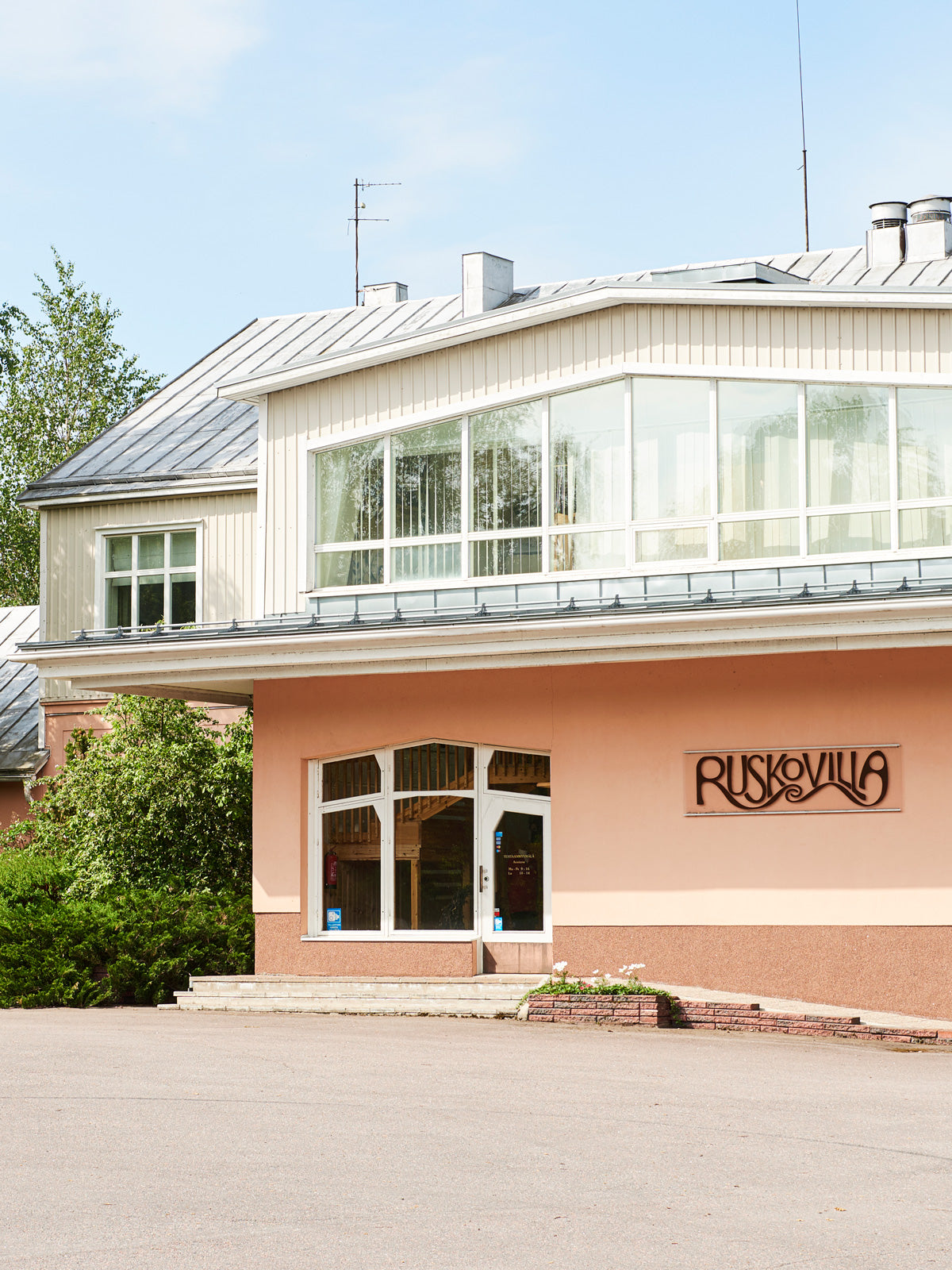The unparalleled qualities of merino wool make it the best choice for a base layer worn next to the skin. The minimum requirements for organic certification influence the treatment of wool at all stages of its production. The final stages are handled by Finnish textile professionals.
Principles of organic production
In organic production, the principle is to produce goods using methods that are not harmful to people, animals, or the environment. The same stringent criteria also apply to the processing of organic raw materials.
For wool, organic certification means, among other things, ensuring the welfare of the sheep's grazing land, allowing the sheep to live in a way that respects their natural behavior, and restricting the chemicals permitted in wool processing. Additionally, those who make their living from sheep farming have the right to receive compensation in line with local wage standards.

Photo: Südwolle Group
A good life for the sheep
Our wool comes from several certified farms in Argentina and Uruguay that raise merino sheep according to certification regulations, where the painful practice of mulesing is not required at all. On these farms, monitored by external parties, the sheep graze freely and are gathered only once a year for shearing.
During shearing, efforts are made to create a quiet and stress-free environment, as calm animals are always easier to handle. A shearing method is used where the sheep are not bound, making the shearing process as quick and non-restrictive as possible for the animals. Occasionally, small cuts occur during shearing (one example from Argentina indicated one cut per 3,500 sheep sheared), and there are precise instructions for wound care, including disinfection and possible suturing. Suturing is always performed by a veterinarian or a shearer specially trained for the task.
In both Argentina and Uruguay, sheep production is supervised by a dedicated authority, PROLANA in Argentina, which also trains and certifies shearing professionals. These professionals are regularly audited, and any mistreatment of animals results in the shearer being suspended and given additional training.

No harmful chemicals
After shearing, the raw wool is transported to our partner in Europe, where the colored wool receives its final shade. According to organic standards, no chromium or heavy metal salts are used in the dyeing process. Dyeing is carried out in a closed system, preventing dyes from being released into water bodies.
A significant portion of wool sold today is treated in various ways to withstand machine washing and prevent felting. One such treatment is the superwash process, where the wool fiber is treated with chlorine and polymer (plastic), and the chemicals used in the process can cause harmful emissions and water pollution.
Fortunately, as methods have advanced, it is now possible to achieve the same properties in an environmentally friendly and safe manner. Our wool and silk wool products undergo an innovative Cerriolan EC treatment allowed in organic production. Cerriolan EC is an eco-friendly treatment applied to wool, designed to enhance its quality while eliminating the use of chlorine, a common chemical in traditional wool processing. This treatment utilises alternative methods to clean and degrease the wool without harmful environmental impact, ensuring that the natural characteristics of the fibers are preserved.
Our products are not treated with harmful finishing agents, such as mold inhibitors or mothproofing agents, making them safe to manufacture and use.
The long journey of wool against the skin
The organic merino wool we use arrives in Finland as yarn via land and sea transport. Our merino wool yarns travel next to Orivesi and Kangasala, Finland, where they are knitted into wool fabric by our long-term partners Orneule Oy and Knitwear Finland Oy. The production of wool fleece fabric takes place in Germany, as the necessary equipment is not available in Finland.
Once the fabrics arrive at our factory in Artjärvi, our skilled professionals turn them into high-quality clothes and accessories. The finishing, packaging, and storage of the products also take place at our premises in Artjärvi.
Every scrap of material is valuable to us, and we utilize the precious material carefully. Small pieces are used to make baby mittens, and the smallest scraps are carded into bedding fill or further processed into items such as absorbent mats. You can read more about the production process here.












